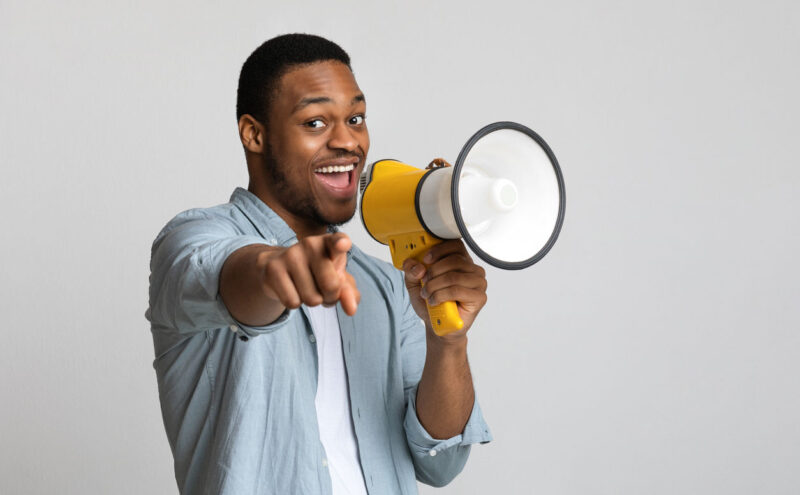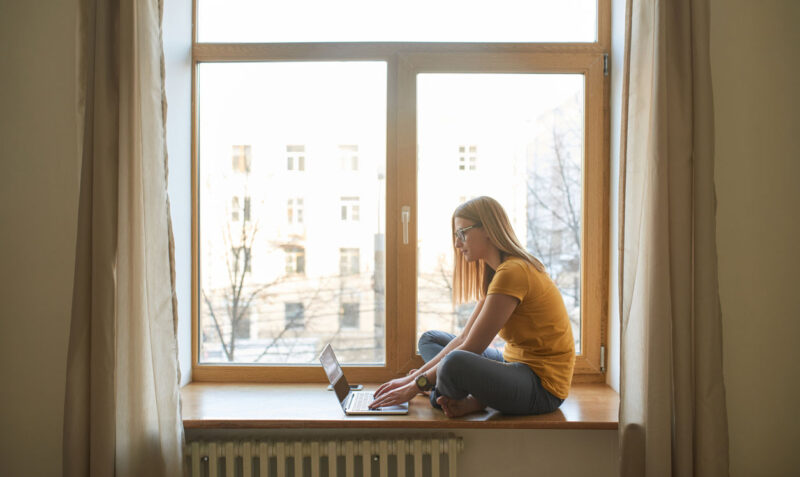Blog Short #135: How to Help Someone Who’s Stuck Without Enabling

Photo by Annie Spratt on Unsplash
How do you help someone who’s stuck or feeling paralyzed without enabling them?
It’s a fine line sometimes, but there are some things you can do and will help, while other strategies won’t help and can make things worse.
Before you use the strategies I’m going to give you, you need to decide if the situation is one you want to take on. Here’s how to figure that out.
Ask yourself these questions.
- Can this person make use of help? In other words, is this someone who perpetually seeks help but doesn’t use it? They give lip service to good advice but never take it.
- What’s your level of investment in this person? You’re more likely to want to offer help to someone you’re close to than an acquaintance, although you might still want to help someone you don’t know all that well, depending on the situation and what kind of help they need.
- Will offering help to this person create a hardship for you? Do you have the time, energy, and willingness to get involved?
- And last, what’s your motivation? If you’re offering help because of your investment in the outcomes, you might want to rethink it. An example would be needing someone to change their behavior to reduce your anxiety about them. That isn’t always a bad thing, but you need to be aware of your motivation and understand the impact it might have on being able to offer tangible help.
Now let’s go through the strategies.
The Process to Use
Listen and validate.
The first step is to get a clear picture of what’s happening with this person. To do that, ask open-ended questions and encourage her to talk about what’s bothering her and how she feels about it.
This requires listening empathetically without judgment. Once she becomes comfortable talking openly and lays out the problem, ask her what she thinks is in the way of moving past her dilemma. What are the obstacles?
Sometimes just getting things out on the table creates a small opening and lifts the feeling of paralysis. Don’t try to fix it at this point.
Clarify what unstuck would look like.
In other words, where does she want to be? What specific things or behaviors would make her feel like she’d climbed out of the hole and was on her way to fixing her problem? What’s the goal?
Sometimes people don’t know the answers to these questions, or their shame has blurred the possibility of anything changing.
But, by continued empathetic listening and questioning, you can help them begin to sift through the thoughts and emotional obstacles that are in the way. These need to be identified because they significantly impact being and staying stuck.
Point out any positive movement, ability, or success.
Point out any other successes or actions that she’s taken previously. These don’t necessarily have to apply to the situation at hand, although if they do, all the better. Help her recognize her strengths that she can tap into.
Reminding someone of their accomplishments or successes draws them away from all-or-nothing thinking and extreme judgments that keep them in the never-ending “I’m not worthy” loop.
Lend your ego strength.
This is where your active participation comes in. Offer to help get things going by doing the following:
- Come up with one or two small actions she can take. Nothing big, time-consuming, or difficult. Agree to one.
- Set up continued accountability by checking in with each other. Make it regular. If the action is scheduled two days from now, set up a check-in after that – either the same day or the day after. If it fails, schedule it again until successful.
- Once there’s a success, set up a new action and repeat the whole thing.
You lend your ego strength when you maintain your involvement and cheer the other person on. You’re showing that you have faith in their ability to follow through, and you have a backup plan if things don’t go well the first time.
In some cases, you might go as far as to take the first step with them. For example, if improving health is the plan, you might agree to walk with them several times a week. Or if they need to make an appointment somewhere, you could be present when they make the phone call. It depends on your relationship and what seems appropriate based on that.
A caveat here: This step and the next are most likely not something you would do with an acquaintance or someone you’re not close to. They’re for people you’re more invested in.
Continue accountability checks.
Set up a regular check-in once you both get through the first action and a follow-up. You’re acting as an accountability partner. However, this is tricky because you don’t want to take on the role of monitoring or managing.
Sometimes accountability agreements work best if both people are involved in accounting for something. You each make goals and set regular check-ins to see how you’re both progressing. By doing it this way, no one feels watched, which could result in resistance to the whole plan.
Here’s what not to do.
The basic rules are:
1. Don’t criticize.
Encourage trying again when there’s a failure. Remember that your purpose is to lend a hand, not to become invested in the other person’s performance. You’ll be most helpful if you can keep your personal goals out of it.
2. Look for small wins and reward them with feedback.
You’re the helper, cheerleader, and compassionate witness of the struggle.
3. Don’t enable bad behavior.
You can empathize with someone’s woes when stuck in destructive behavior patterns, but you can’t do things that will enable them to continue those behaviors. You need to set boundaries.
You wouldn’t keep giving someone money who continues to overspend. You could assist them with figuring out how to overcome that problem and validate that it’s hard to do, but not rescue them from it. Help them take steps to solve it, not continue it.
This is where the fine line comes in:
The more invested you are in the person and your relationship with them, the harder it is not to rescue.
4. Don’t help at your own expense.
Helping should be good for both of you. If being involved with the issue is too stressful or difficult for you, you need to think carefully about how much you can offer.
An Added Benefit
If you’re the one who’s stuck, you can apply all of these steps yourself. You can enlist the help of someone who cares about you but will let you solve your problems without trying to fix them or tell you what to do.
If you’d like to try this, select someone and let them read these steps. Together, plot out how you want to apply them. Maybe you can work with someone who’s also feeling stuck, and you can be each other’s ear and accountability partner. This arrangement works very well because you both get the added energy of being the supporter.
Helping someone else get unstuck can allow you to do the same.
The critical component to making this work is to accept and deal with repeated failed efforts and then try again until there’s a success.
The most essential quality is perseverance, not succeeding. Because if you persevere regardless of the number of tries needed, you will succeed.
That’s all for today!
Have a great week!
All my best,
Barbara








 Although that’s normal for toddlers because emotional discharge is part of their developmental phase, and they don’t have the cognition to be self-aware, it’s not okay for adults!
Although that’s normal for toddlers because emotional discharge is part of their developmental phase, and they don’t have the cognition to be self-aware, it’s not okay for adults!